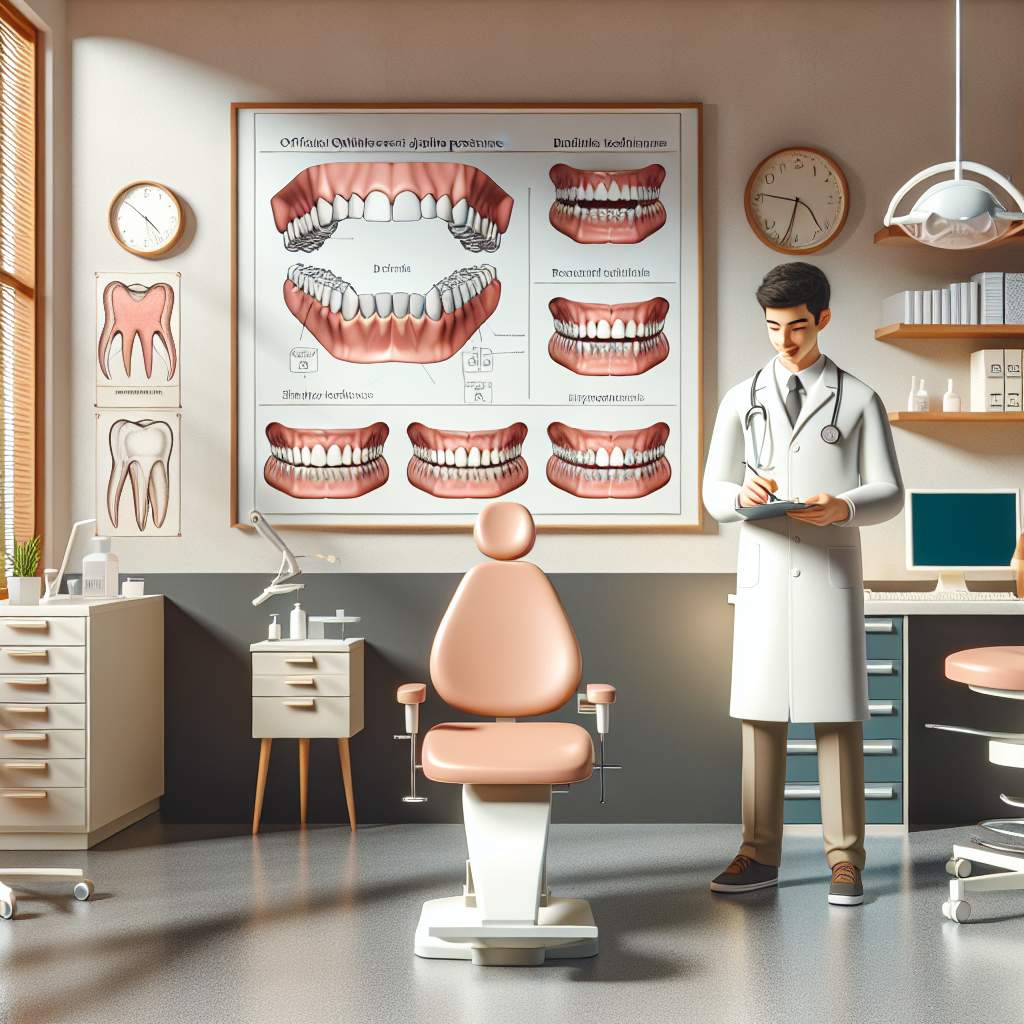How to adjust mewing techniques for specific jawline goals?
To adjust mewing techniques for specific jawline goals, first identify the area of your jaw you want to enhance. For a sharper jawline, focus on consistently pressing your entire tongue against the roof of your mouth, including the back part. If you aim to reduce a double chin, combine mewing with neck and chin exercises. Remember, adjusting the pressure and position slightly can help target different areas more effectively.

How does mewing influence the shape of your jawline?
Mewing is a technique that involves positioning your tongue against the roof of your mouth. This simple action can actually help change the way your jawline looks over time. When you practice mewing, you’re using your tongue to apply gentle pressure in specific areas, which can encourage your jaw to take on a more defined shape.
Many people find that after sticking with mewing for a while, their face starts to look different. This isn’t magic—it’s all about how consistent pressure can guide the bones in your face to align in a new way. It’s kind of like how braces work on teeth, but for your jawline instead.
What are common jawline goals people aim for with mewing?
When it comes to improving their jawline, most folks have a few common goals in mind. A lot of people want a sharper, more chiseled look that makes their face appear more angular and less round. This kind of jawline is often seen as a sign of strength and beauty.
Another popular goal is reducing the appearance of a double chin or making the neck look longer and more elegant. By working on reshaping their jaw through mewing, individuals hope to achieve these changes without needing surgery or other invasive procedures.
Can mewing techniques be adjusted to target specific areas of the jaw?
Yes, it’s possible to tweak how you do mewing so you can focus on certain parts of your jaw more than others. For example, if you’re particularly interested in defining the sides of your jaw, you might concentrate on pressing down with the back part of your tongue. This targeted approach helps put pressure where it’s needed most.
However, it’s important to remember that everyone’s face is different. What works well for one person might not be as effective for someone else. Experimenting carefully and paying attention to how your body responds will help you find the best technique for targeting specific areas of your jaw.
What are the foundational principles of effective mewing practice?
The key idea behind successful mewing is consistency. Just like learning an instrument or getting better at sports, practicing good posture and proper tongue placement every day is crucial. You won’t see immediate changes overnight; it takes time and dedication to reshape your facial structure gradually.
Besides consistency, correct technique also plays a big role in effective mewing practice. Making sure that the entire flat part of your tongue (not just the tip) is firmly against the roof of your mouth ensures that you’re applying pressure evenly across your palate. This helps promote symmetrical changes in the shape of your jawline over time.
| Goal | Technique | Focus Area | Duration/Repetition |
|---|---|---|---|
| Sharper Jawline | Tongue Posture Adjustment | Back third of the tongue on the roof of the mouth | Maintain consistently throughout the day |
| Slimmer Face | Nasal Breathing | Breathing through the nose with mouth closed, using diaphragm for deep breaths | All day, every day. Practice deep breathing exercises 5-10 minutes daily. |
| Defined Chin | Chin Tucks | Neck and jaw alignment; strengthening neck muscles to support jaw positioning. | 3 sets of 10 repetitions daily. |
| Better Jaw Alignment | Proper Swallowing Technique | Tongue pressing against the roof of the mouth when swallowing. | With every swallow throughout the day. |
| Balanced Facial Symmetry | Mewing Chewing | Jaw muscles and mastication strength. | Chew sugar-free gum or mastic gum for 10-20 minutes, 2 times a day. |
How should beginners approach mewing to ensure they’re doing it correctly?
Starting with mewing can seem tricky at first. Beginners should focus on understanding the basics of proper tongue posture. This means placing the entire tongue against the roof of the mouth, not just the tip. It’s important to breathe through your nose while doing this.
Watching instructional videos or consulting with a professional can also help. They provide visual guides and step-by-step instructions. Remember, feeling slight discomfort at the beginning is normal as your muscles adjust to their new position.
Are there any advanced mewing techniques for more pronounced results?
Yes, once you’ve mastered basic mewing, there are advanced techniques to explore. These include “hard mewing,” which involves applying more force with your tongue against your palate. Another method is “chewing exercises” that strengthen jaw muscles for better definition.
However, it’s crucial to proceed with caution and not overdo these practices. Excessive force or incorrect technique can lead to jaw pain or misalignment. Consulting with an expert before trying advanced methods is always a good idea.
What role does consistency play in achieving desired jawline changes through mewing?
Consistency is key when it comes to mewing. Just like any other form of physical exercise, regular practice is essential for seeing results. This means maintaining correct tongue posture as much as possible throughout the day and even during sleep if you can manage it.
It’s also important to be patient. Jawline changes through mewing take time and won’t happen overnight. Staying consistent over months or even years is what leads to noticeable improvements in jawline definition.
Final Thoughts
Mewing offers a natural way to enhance jawline appearance, but it requires dedication and patience. Starting with basic techniques and gradually moving on to more advanced practices can yield significant results over time.
The journey towards achieving your desired jawline shape through mewing should be approached with care and consistency. Remembering that every individual’s experience will differ is important, so set realistic expectations and stay committed to your practice.







